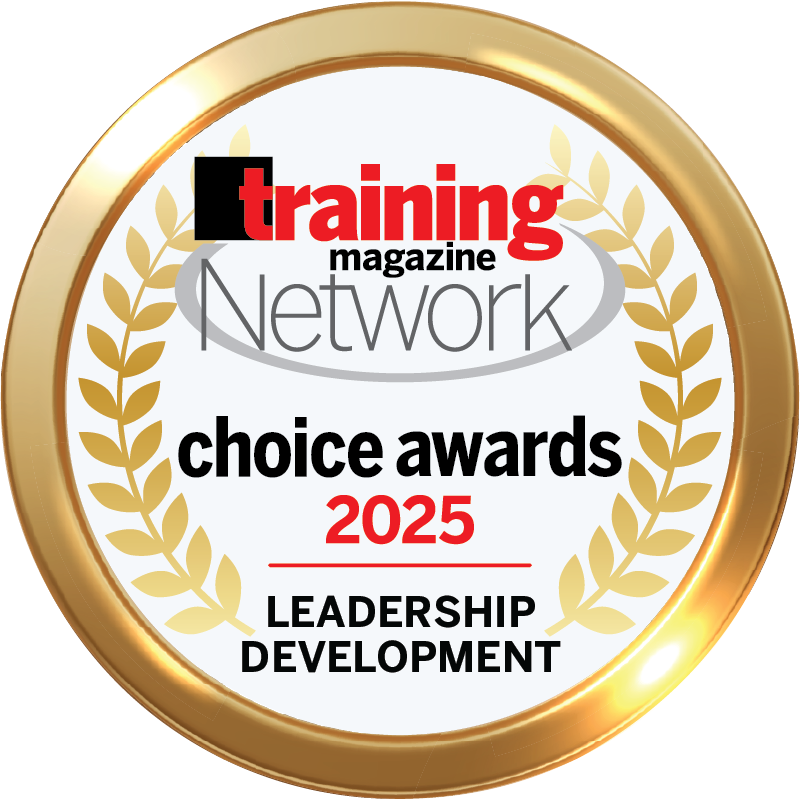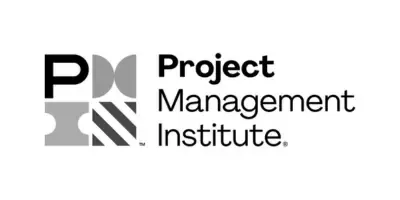Building High-Performing Teams: Strategies for Leaders
In the realm of leadership, the ability to build high-performing teams stands as a linchpin for organizational success. This guide, "Building High-Performing Teams: Strategies for Leaders," delves into the nuances of not just assembling teams but nurturing them into entities that surpass expectations.
Why High-Performing Teams Matter
High-performing teams are the pillars of organizational achievement, transcending individual capabilities to achieve collective excellence. They embody a synergy that transforms tasks into triumphs.
Understanding Team Dynamics
Recognizing Individual Strengths and Weaknesses
To build a high-performing team, leaders must first discern the unique strengths and weaknesses of each team member. This isn't merely about skills but understanding the individual's working style, preferences, and areas for development. By recognizing these nuances, leaders can strategically assign roles that capitalize on strengths and support weaknesses.
Fostering a Collaborative Environment
Collaboration isn't a by-product but a deliberate choice. Leaders must foster an environment where collaboration becomes instinctive. Team members should feel not only comfortable sharing ideas but compelled to do so. This involves promoting active listening, valuing every opinion, and creating spaces for brainstorming and collective problem-solving.
Setting Clear Expectations
Ambiguity is the enemy of productivity. Leaders must set clear expectations for each team member, defining roles, responsibilities, and expected outcomes. This clarity ensures that everyone is aligned with the team's objectives, minimizing misunderstandings, and maximizing productivity.
Strategies for Team Formation
Creating Diverse Teams
Diversity isn't just a checkbox; it's a strategic advantage. Beyond demographic differences, diversity encompasses varied perspectives, experiences, and approaches to problem-solving. Leaders should intentionally create teams with members from different backgrounds, fostering an environment rich in creativity and innovation.
Balancing Skills and Roles
Effective teams are not accidental assemblies; they are purposefully crafted with a balance of skills and roles. Leaders need to align the team's objectives with the individual skills of each member. This involves conducting skill assessments, understanding each team member's strengths, and strategically assigning roles that contribute to the team's overall success.
Encouraging Team Bonding
Team bonding goes beyond icebreakers and social events. It's about building genuine connections among team members. Leaders should facilitate activities that encourage camaraderie, trust, and a sense of shared purpose. From team-building workshops to informal gatherings, these bonding experiences enhance collaboration and team cohesion.
Communication and Feedback
Open and Transparent Communication
Communication is the lifeblood of high-performing teams. Leaders should foster an environment of open and transparent communication where every team member feels heard and valued. This involves regular team meetings, one-on-one check-ins, and creating platforms for sharing ideas and concerns.
Regular Feedback Loops
Feedback is not a sporadic event but a continuous loop. Leaders should establish regular feedback sessions to discuss performance, address concerns, and provide constructive input. This two-way communication fosters a culture of improvement, ensuring that the team is always on the path of growth.
Addressing Conflict Constructively
Conflict within a team is inevitable, but its resolution can be transformational. Leaders should guide their teams in addressing conflicts constructively. This involves facilitating open discussions, encouraging empathy, and guiding the team towards resolutions that strengthen rather than weaken relationships.
Empowering and Motivating Teams
Providing Autonomy
Empowering teams involves trusting them with autonomy. Leaders should give their teams the freedom to make decisions within the scope of their responsibilities. Autonomy not only fosters a sense of ownership but also unleashes creativity and innovation.
Recognition and Rewards
Acknowledging individual and collective achievements is vital to keep any team stay motivated. Recognition can be as simple as public praise or more tangible rewards such as bonuses or promotions. This recognition serves as a powerful motivator, reinforcing positive behaviour and encouraging continued excellence.
Cultivating a Positive Team Culture
Team culture isn't a passive outcome; it's a deliberate creation. Leaders should actively cultivate a positive team culture where success is celebrated, and challenges are viewed as opportunities for growth. This involves promoting a "can-do" attitude, resilience in the face of setbacks, and a collective commitment to the team's mission.
FAQs: Building High-Performing Teams
Q1: What makes a team high-performing?
A1: High-performing teams exhibit strong collaboration, diverse skills, clear communication, and a shared commitment to achieving goals.
Q2: How can leaders identify the strengths of individual team members?
A2: Leaders can identify strengths through assessments, team discussions, and observing individual performance. Recognizing and leveraging these strengths is key to team success.
Q3: Why is diversity important in a team?
A3: Diversity brings varied perspectives and approaches, enhancing creativity and problem-solving. It fosters innovation and adaptability within the team.
Q4: How often should leaders provide feedback to their teams?
A4: Regular feedback is crucial. Leaders should establish a cadence for feedback, whether through regular check-ins, project reviews, or other appropriate forums.
Q5: What role does trust play in team performance?
A5: Trust is foundational. High-performing teams are built on trust among members and with the leader. It encourages open communication and risk-taking.
Q6: How can leaders address conflicts within their teams?
A6: Leaders should address conflicts openly and constructively. Encourage open communication, seek to understand all perspectives, and guide the team towards a resolution.
Conclusion
"Building High-Performing Teams: Strategies for Leaders" is not just a manual; it's a roadmap for leaders who aspire to elevate their teams beyond conventional expectations. By understanding team dynamics, strategically forming teams, fostering effective communication, and empowering teams with autonomy and motivation, leaders can pave the way for enduring success. High-performing teams aren't just products of chance; they are meticulously cultivated through strategic leadership and a commitment to continuous improvement. The journey of building such teams isn't a task; it's a legacy in the making.
Interested in a free Leadership Skills Workshop with your team?
- Address instantly fixable issues that impact customer perceptions and employee morale.
- Learn and practice a habit that will raise employee performance.
- Set actions with specific and measurable steps that they'll gladly be accountable to achieve.











